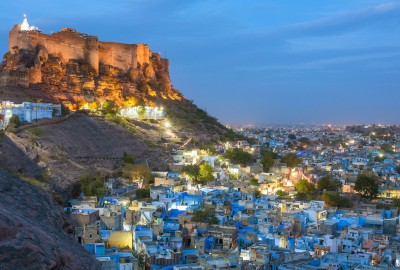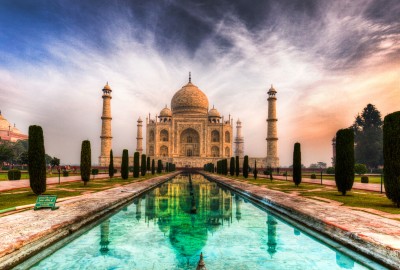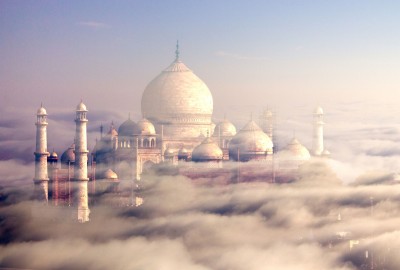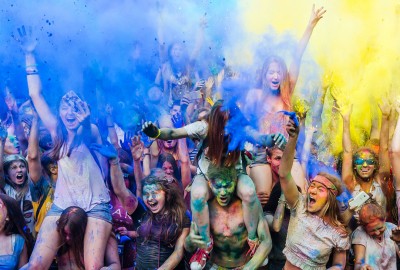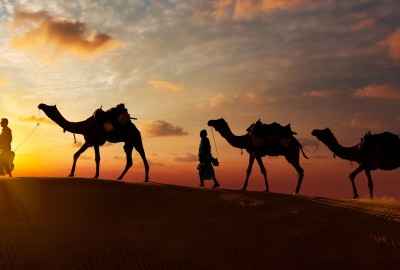13 DAYS & 12 NIGHTS
DELHI I AGRA I RANTHAMBORE I JAIPUR I JODHPUR I UDAIPUR I MUMBAI
This tour package which takes you through the most beautiful destinations of the country including Delhi, Agra, Fatehpur Sikri, Ranthambhore, Jaipur, Jodhpur, Ranakpur, Udaipur and Mumbai. All these destinations promise to leave all spellbound with their beautiful attractions and colorful backdrop. With this tour package, you get to see the most vibrant places of the country. For more details about this unique tour package, check out the detailed itinerary below:
Note : This is just a suggested itinerary indicative of what could be possible. We tailor holidays for your specific needs. Contact us if you want modifications so that we could tailor a holiday to suit your need for an unforgettable India tour.
Detailed Itinerary
Assistance on arrival.
Transfer to your Hotel.Briefing of the tour by the executive
Delhi The capital of India, Delhi is home to 16 million people, making it the third largest city in India. The strategic location of the city made it an attractive location for invading armies, and it served as the capital for many great empires that ruled India. Many of these Empires built significant monuments, and whilst the Mughal and the British are the most visible, while driving through the city you will see ruins from previous capitals, the earliest dating back to the 12th century.Overnight at hotel
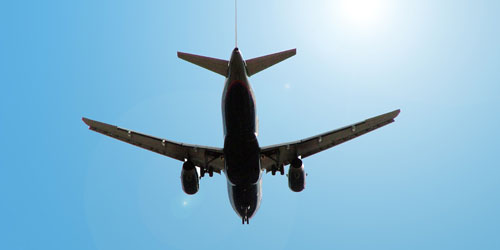
Full day guided tour of Old & New Delhi
Delhi, the capital of India comprises of conspicuously contrasting Old and New Delhi. Old Delhi was the capital of Muslim India between the 12th and 19th centuries and one can find mosques, monuments and forts related to Muslim history. New Delhi is the imperial city created as India's capital by the British intricately planned and comprises of imposing buildings displaying various modern style of architecture.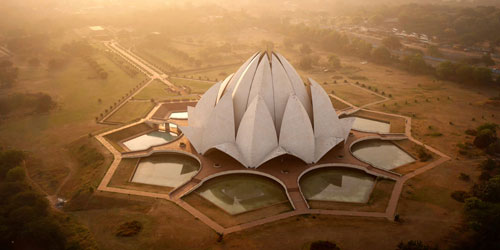
Red Fort

Jama Masjid
Then visit Raj Ghat (The cremation ground of the father of the Nation Mahatma Gandhi)
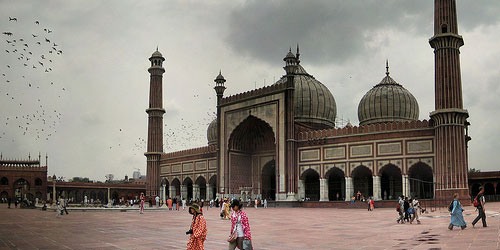
Humayun's Tomb
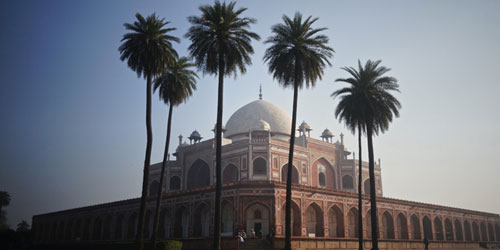
Qutab Minar
Overnight at hotel
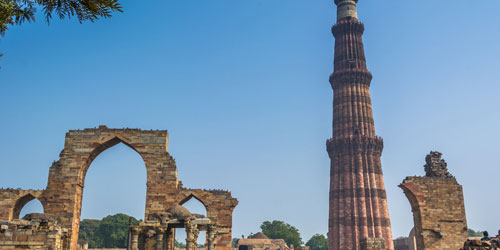
Agra is famous as being home to one of the Seven Wonders of the world - The Taj Mahal. The architectural splendor of the Moslems, the fort and the palaces is a vivid reminder of the opulence of the legendary Mughal empire, of which Agra was the capital in the 16th and early 17th centuries. While it's significance as a political center ended with the transfer of the capital to Delhi in 1634 by Shah Jaha, it's architectural wealth has secured it's place on the international map.
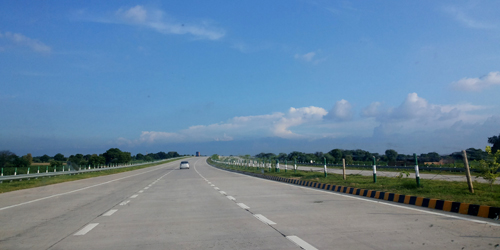
Taj Mahal (Closed on Friday)
Describe as a most extravagant monument ever build for love, this sublime Mughal mausoleum is India’s most ogled icon. The Taj was built by Emperor Shah Jahan as a memorial for his second wife, Mumtaz Mahal, who died giving birth to their 14th child in 1631. The death of Mumtaz left the emperor so heartbroken that his hair is said to have turned grey virtually overnight. Construction of the Taj began in the same year and was not completed until 1653. Not long after it was finished, Shah Jahan was overthrown by his son Aurangzeb and imprisoned in Agra Fort where, for the rest of his days, he could only gaze out at his creation through a window. Following his death in 1666, Shah Jahan was buried here alongside Mumtaz.
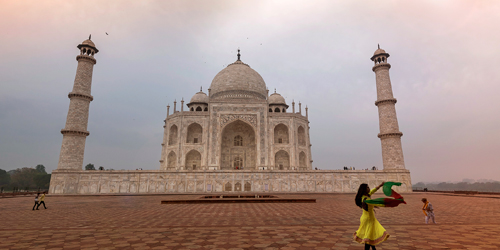
AGRA FORT
Also visit local market and a marble factory where you can actually see the inlay work being done on marble like it was done for Taj in the past.
Overnight at hotel
Drive to Ranthambore en route visiting Fatehpur Sikri.
The Mughal Emperor Akbar built Fatehpūr Sikrī about 35 km from Agra, and moved his capital there. Later abandoned, the site displays a number of buildings of significant historical importance. A World Heritage Site, it is visited by most tourists. The name of the place came about after the Mughal Emperor Barbar defeated Rana Sanga in a battle at a place called Sikrī . Then the Mughal Emperor Akbar wanted to make Fatehpūr Sikrī his head quarters, so he built a majestic fort; due to shortage of water, however, he had to ultimately move his headquarters to Agra Fort.Continue your drive to Ranthambore & check in at Hotel.
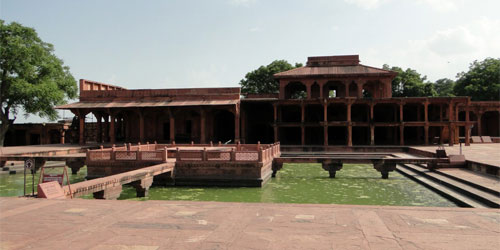
Ranthambore National Park
Ranthambore National Park is one of the biggest and most renowned national park in Northern India. The park is located in the Sawai Madhopur district of southeastern Rajasthan, which is about 130 km from Jaipur. Being considered as one of the famous and former hunting grounds of the Maharajas of Jaipur, today the Ranthambore National Park terrain is major wildlife tourist attraction spot that has pulled the attention of many wildlife photographers and lovers in this destination.
Overnight at hotel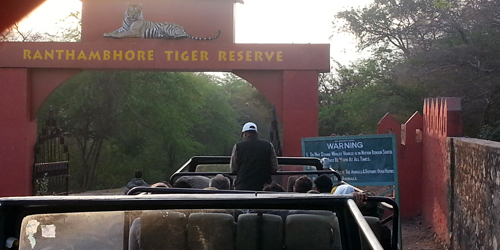
Depart for Jaipur & check in at hotel.
Jaipur was founded in 1727 by Maharaja Sawai Jai Singh II and is the first well planned city of India, located in the desert lands of India, Rajasthan. The city which once had been the capital of the royalty now is the capital city of Rajasthan. The very structure of Jaipur resembles the taste of the Rajputs and the Royal families. In the present date, Jaipur is the major business centre for the natives of Rajasthan with all requisites of a metropolitan city.Overnight at hotel
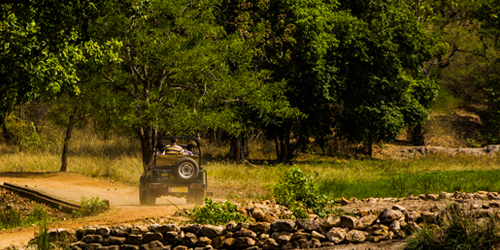
We ascend to the fort on Elephant's back and come down in Jeep.
Pronounced ‘Amber’ and meaning ‘High’, this wraithlike fort – palace beautifully illustrates Rajput artistry in the faded shades of the reddish pink. Situated on the rugged hills 1 Km north of town, Amber was once the ancient capital of the Jaipur state.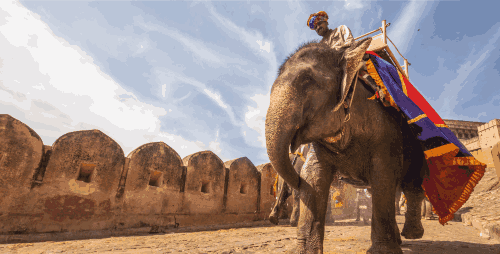
Hawa Mahal
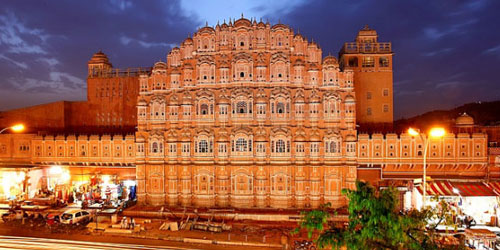
Jantar Mantar
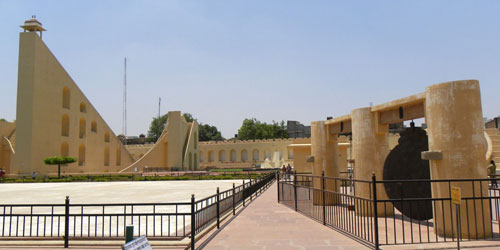
City Palace Museum
The tour of Jaipur is not complete without shopping as Jaipur is known as a shopper’s paradise famous for jewellery, handicraft, carpet, blue pottery and textiles
Overnight at hotel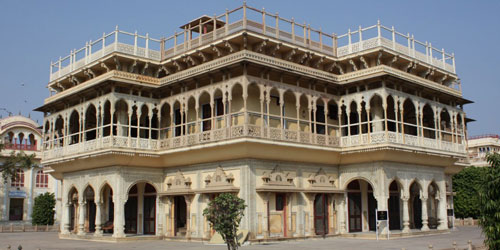
Depart for Jodhpur en route visiting Pushkar
Pushkar is one of the oldest cities of India. The date of its actual founding is not known, but legend associates Lord Brahma with its creation. It is mentioned that Brahma performed penance here for 60,000 years to have glimpse of Radha Krishna. The Ramayan mentions Pushkar and says that Vishvamitra performed tapa here. It further says that the Apsara Menaka came to Pushkara to bathe in its sacred waters. The Mahabharata says that while laying down a programme for Maharaja Yudhishthara’s travel, “Maharaja after entering the Jungles of Sind and crossing the small rivers on the way should bathe in Pushkara". And, as per Vaman Purana, Prahlada on his pilgrimage to holy places visited Pushkarayana.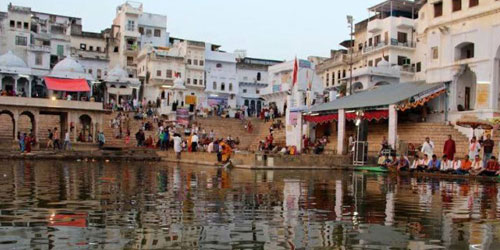
Pushkar Lake
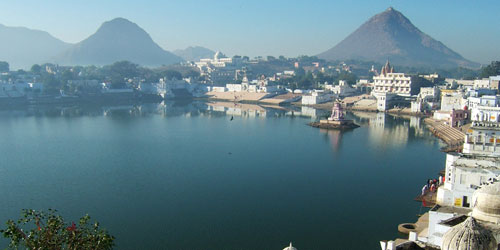
Brahma Temple
Continue your drive to Jodhpur and check in at hotel
Jodhpur was founded in 1459 by Rao Jodha, a chief of the Rajput clan known as the Rathores, and the city grew out of the profits of opium, sandalwood, dates and copper. Rathore kingdom was once cheerily known as Marwar (the Land of Death), but today its moustached men are m ore about smiling for the camera.Overnight at hotel
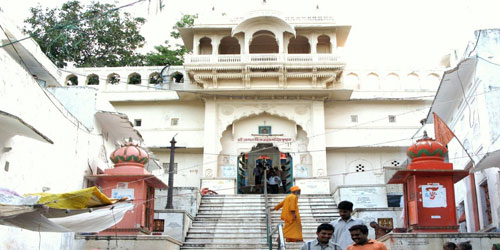
Depart for sightseeing tour of Jodhpur.
Today you will go for the sightseeing of Jodhpur city visiting Mehrangarh Fort lies at the outskirts of Jodhpur city and is located atop a 125 m high hill. The magnificent Mehrangarh Fort (Jodhpur ka kila) is the most majestic and one of the largest forts in India. It was originally started (c.1459) by Rao Jodha, founder of Jodhpur. However, most of the extant fort dates from the period of Jaswant Singh (1638-78). The walls of the fort are up to 36 m high and 21 m wide; they enclose some exquisite structures. The fort museum houses an exquisite collection of palanquins howdahs, royal cradles, miniatures, musical instruments, costumes and furniture. The ramparts of Mehrangarh Fort provide not only excellently preserved cannons but also a breath-taking view of the city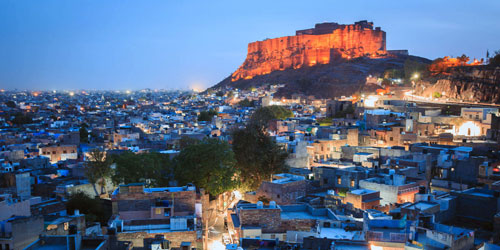
Jasawant Thada
Rest of the day is free to relax and shopping at local markets.
Overnight at hotel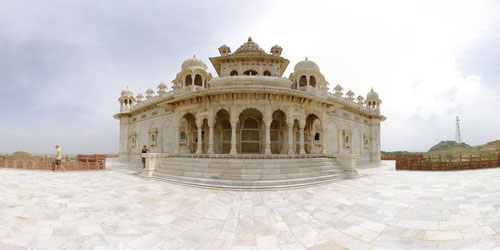
After breakfast drive to Udaipur en route visiting Ranakapur – Famous for Its Jain’s temple. Ranakpur is located in the mountain ranges of Pali district of Rajasthan. The Ranakpur Jain Temple complex was built during the reign of the liberal and gifted monarch Rana Kumbha in the 15th century. An enormous basement covers 48,000 sq. feet area. There are four subsidiary shrines, twenty four pillared hall and eligibly domes supported by over four hundred columns.
After visiting Ranakpur drive to Udaipur & check in at hotel.
Udaipur
Overnight at hotel
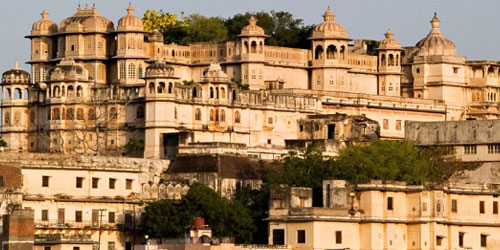
Depart for Sightseeing tour of Udaipur – also known as City of lakes visiting
City Place - standing on the east bank of Lake Pichola is a massive series of palaces built at different times from 1559. The balconies of the palace provide panoramic views of "Jag Niwas" (the Lake Palace Hotel), Jag Mandir on one side and on the other the city of Udaipur. Its main entrance is through the triple-arched gate - the Tripolia, built in 1725. The way now leads to a series of courtyards, overlapping parations, terraces, corridors and gardens. There is a Suraj Gokhda, where the maharanas of Mewar presented themselves in the times of trouble to the people to restore confidence. The Mor-chowk (Peacock courtyard), gets its name from the mosaics in glass decorating its walls. The chini chitrashala is noteworthy while a series of wall paintings of Krishna are on display in Bhim Vilas. There are numerous other Palaces such as Dilkhush mahal, Sheesh mahal, Moti mahal and Krishna vilas - in memory of a princess of striking beauty who poisoned herself to avert a bloody battle for her hand by rival princes. Now the palace contains many antique articles, paintings, decorative furniture and utensils and attracts thousands of visitors every day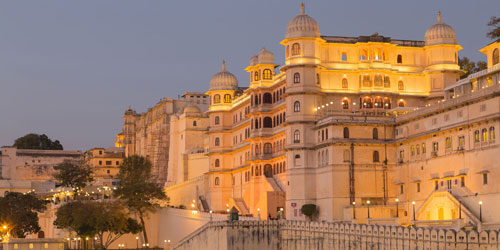
Sahelion ki Bari
Late afternoon, approximately an hour before sunset, enjoy a boat ride on Lake Pichola and visit the Jag Niwas Palace by motor launch. The palace, built of granite and marble, covers four acres and is built almost in the middle of the lake. Visit the Borra Mahal, Khas Mahal and the courts, gardens and fountains. Also visit Jag Mandir Palace
Overnight at hotel
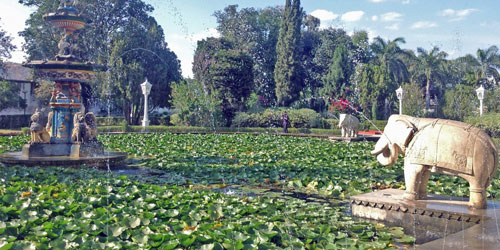
Transfer to Udaipur airport in time to connect flight to Mumbai.
Meet/Assist on arrival and transfer to Hotel.Mumbai – earlier known as Bombay, is the capital of the Indian State of Maharashtra. The city is the second most-populous in the world; with approximately 14 million inhabitants. Along with the neighbouring cities of Navi Mumbai and Thane it forms the world’s 4th largest urban agglomeration, with around 19 million people. Mumbai lies on the west coast of India and has a deep natural Harbor.
Overnight at hotel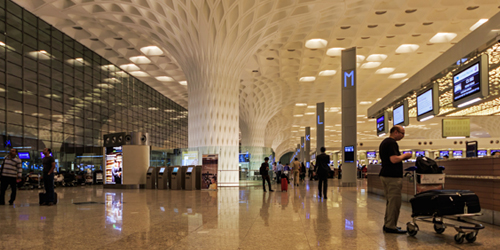
Depart for full day sightseeing tour of Mumbai.
Elephanta Cave Excursion by motor launch to Elephanta Caves - 9 kms in the sea. These 7th century rock cut cave temples dedicated to Lord Shiva are situated on top of a hill on the island.The Elephanta Caves are caves located on Elephanta Island in the Arabian Sea near Mumbai, contain Shaivistic high reliefs in stone of Hindu Deities important to worshipers of Shiva. The sculptures were created beginning in the late Gupta Empire, or sometime after, and at later dates. Elephanta Island was designated a UNESCO World Heritage Site in 1987 to preserve the artwork. The original name of this epitome of temple art is Agraharpuri, Agrahar. Agrahar is the necklace or most important neck ornament. The Agraharpuri slowly became Gharapuri; still retaining the original meaning as the focal point of Gharapuri Island, which was renamed Elephanta Island by the Portuguese and is located in Mumbai Harbour off the coast of Mumbai (formerly known as Bombay).
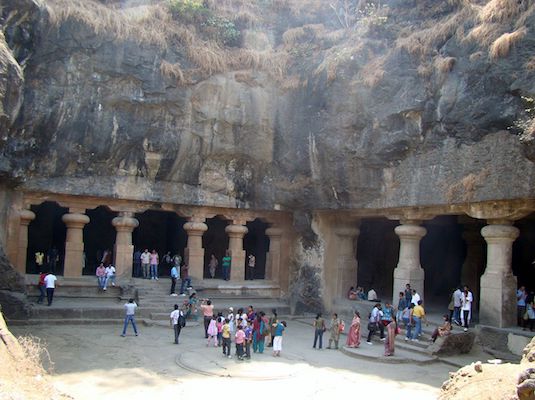
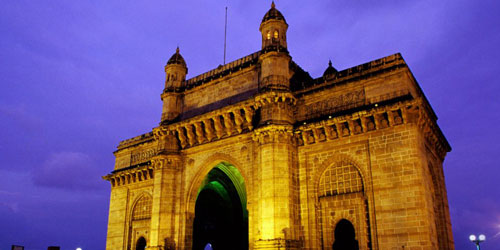
Marine Drive

Crawford Market
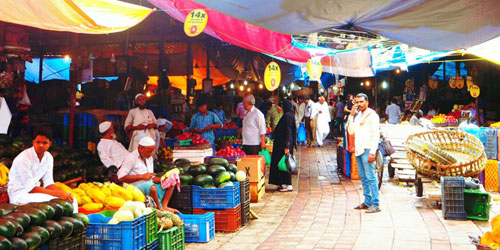
Dhobi Ghat
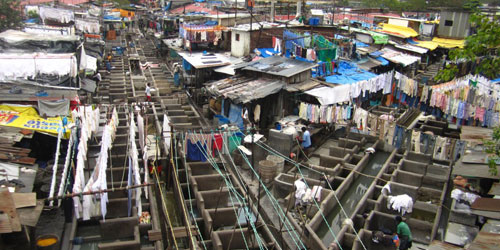
Mani Bhavan
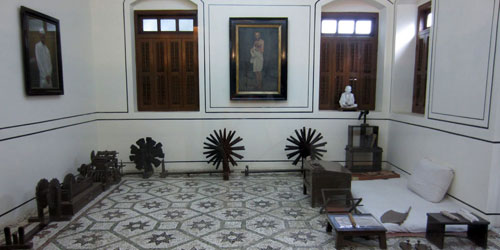
Hanging Garden
Overnight at hotel

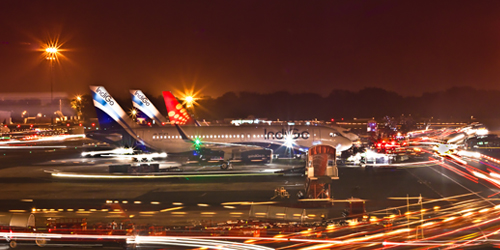
COST & INCLUSIONS
| Premier | Premier | Luxury | Comfort | |
|---|---|---|---|---|
| Summer | US$4035 | US$4019 | US$2118 | US$1825 |
| Winter | US$5983 | US$5973 | US$2499 | US$1969 |
| Delhi | Oberoi | Taj Palace Hotel | The Lalit | Surya Hotel |
| Agra | Oberoi Amarvilas | ITC Mughal | Trident | Crystal Sarovar |
| Ranthambhore | Oberoi Vanyavilas | Taj Sawai Madhopur Lodge | Naghargarh | Ranthambhore Regency |
| Jaipur | Oberoi Rajvilas | Taj Rambagh Palace | Trident | Holiday Inn |
| Jodhpur | The Raas | Taj Umaid Bhawan Palace | Ajit Bhawan | Park Plaza |
| Udaipur | Oberoi Udaivilas | Taj Lake Palace | Trident | Udaikothi |
| Mumbai | The Oberoi | Taj Mahal Palace & Tower | Trident | Fariyas Hotel |
 Tour Includes
Tour Includes
Share twin accommodation with breakfast
Transfers & sightseeing by Air Conditioned vehicle
Services of Local English speaking guide
Cycle Rickshaw ride in Old Delhi
Camel Cart in Agra
1 Jeep Safari in Ranthambhore
Lunch & Dinner during stay in Ranthambhore
Elephant ride at Amber Fort
Bishnoi Village visit in Jodhpur
Boat cruise on Lake Pichola
Boat ticket in Mumbai for Elephanta Caves
Present Applicable taxes as on 31st May, 2019
 Tour Excludes
Tour Excludes
Entrance tickets to Monuments
International Airfare
Domestic Airfare
Visa fee & Insurance
Items of personal nature i.e. laundry, telephone, camera fee, drinks & tips etc

